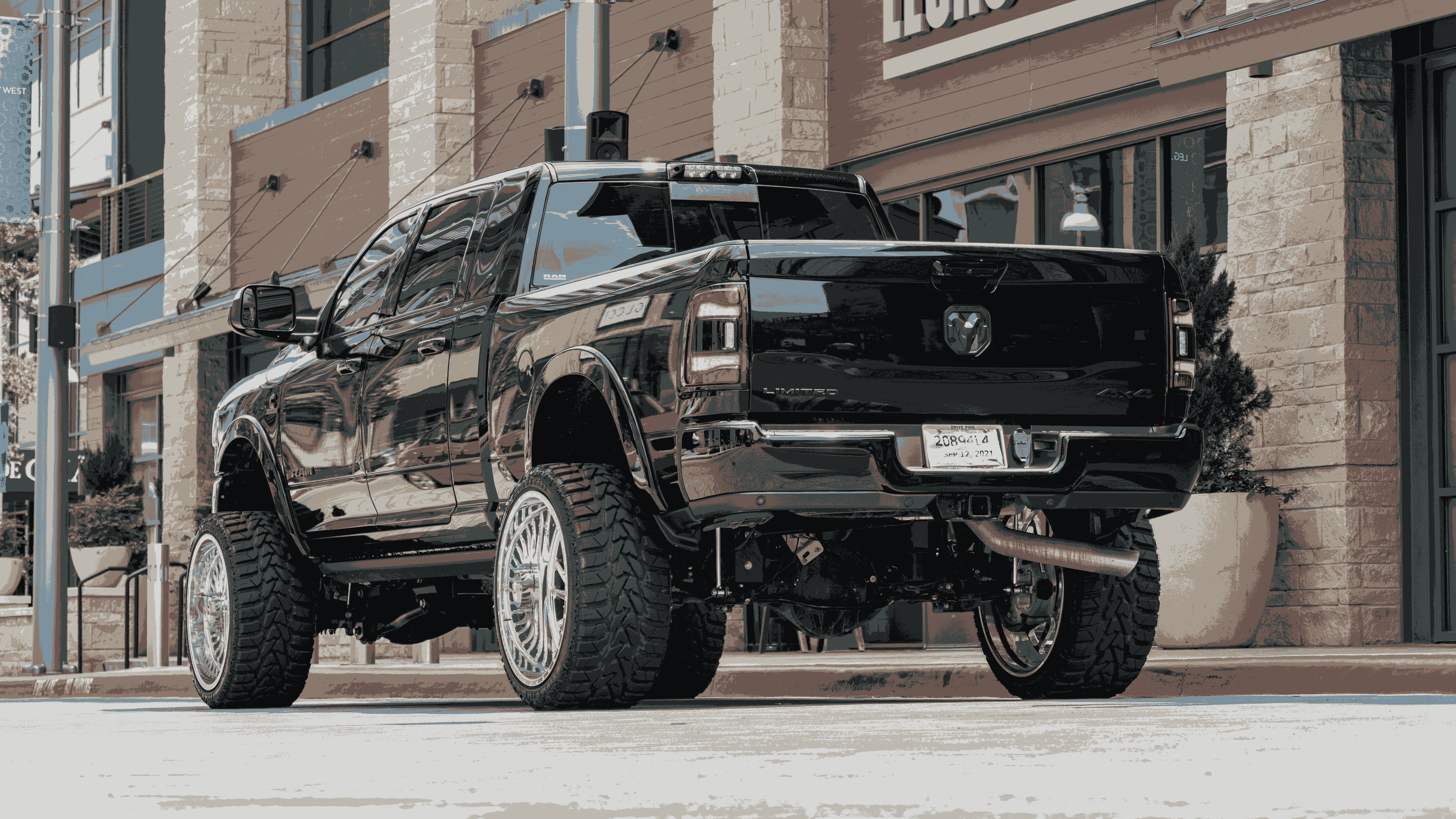
A wheel or tire issue is likely present if the automobile shakes, gives jerks, or wobbles while driving – this violent behavior of the tire is called death wobble.
Most death wobbles on the tracks are caused by wheel and tire problems, therefore routine maintenance and servicing are necessary.
Although the Jeep Wrangler is occasionally linked to the “Death Wobble,” any vehicle with a stable front axle is capable of experiencing it.
In most cases, a bump in the pavement causes the wobble to start, which often happens at mid-high speeds. However, some people have claimed that a severe brake stomp can also cause wobbling. Although it may occur in automobiles with standard suspension, modified (lifted) cars appear to experience it more frequently.
If your steering wheel parts are spinning too quickly from right to left, the death wobble is most likely to happen. This can make your grip on your vehicle weak and easier to crash.
It occurs at speeds greater than 40 mph and is typically brought on by running over a bump or a pothole.
Indicators of death wobble are not always present. Death wobble can start with slow shaking of the steering wheel or slow vibrations of the vehicle. It would be slow at first, but it will eventually become aggressive and can damage your vehicle. This issue can never be solved without inspection and identifying the root cause. Warning signs if present shouldn’t be ignored at all.
Driving quickly and bumping into anything, such as a dip or rock, are the two most frequent triggers. The death wobble may also be brought on by incorrectly sized, slightly deflated, or overly inflated tires. Death wobble has been most frequently caused by chassis or steering problems, although there are other variables as well. Your car’s bent or damaged parts need to be fixed or replaced right away since they might cause problems. Even if the components are brand new, the incorrect installation might still cause issues. The death wobble cannot only be attributed to poor automobile alignment, but the death wobble can make other problems worse. The damaged parts still need to be fixed frequently though, since they can result in a number of other problems with your car.
Lower air pressure might be the cause of your car’s death wobble. If so, having your car looked at by a professional could tell you whether or not the death wobble is caused by a punctured tire or another problem.
Vibrating and wobbling can also be brought on by irregular tread wear, especially when traveling fast. Even the best tires effectively lose their consistency and shape at this point, which can be a consequence of misalignment.
When a car shakes because of abnormal tread wear, you’ll need to get the wheels adjusted and rotated. Rotation of the wheels involves moving them from front to rear and from side – to – side to progressively smooth out any uneven wear.
Death wobbles can be related to the speed you drive at. If you feel your car shaking, you should pull over at a safe location and call for a tow truck instead of trying to drive it to a nearby mechanic.
Keep your hands on the wheel if your car starts to shake erratically so you don’t lose control of the car. To decrease the severity of the death wobble, you’ll need to hold onto your wheel firmly, slow down, and stop your vehicle in a safe location. Avoid making quick movements such as changing lanes too fast or stomping on your brakes because this could cause your car to overturn itself.
In the event that the best tires are involved, apply the brakes, and let the vehicle slow down until shaking ceases. Even a single incidence of the death wobble can cause permanent damage to the car’s suspension or steering.
It could be like piecing a puzzle together to identify and fix the issue’s root cause. Your car’s foundation and steering are made up of a number of big and little pieces, therefore a number of things need to be examined. The front track bar, which is well known for generating instabilities that result in death wobble, is where many experts advise beginning.
A mechanic with extensive knowledge of Jeeps, 4x4s, trucks, and most importantly, all-season tires should then carefully examine a number of additional parts and connectors. The list of components on the vehicles that can only be accessed and fixed with the aid of specialized equipment and knowledge is lengthy, including relocation brackets, wheel bearings, and tie-rod ends.
Basically, to identify the source of the issue, inspect the complete steering system and suspension system. Some of the following parts may require repair or replacement including track bars, mounting hardware, ball joints, tie roads and tie rod ends, control arms, wheel bearings, wheel, tires, and alignment.
Simply put, your car has to be maintained and repaired by a skilled technician. Although there are a few automotive tasks you can perform yourself, only a mechanic should handle suspension & steering system repairs and changes.
Although it’s a temporary fix, you can request experts to fit a steering stabilization system. The secret to avoiding death wobble is a constantly well-maintained vehicle, in addition to being a highly conscientious driver.
The death wobble may be prevented with routine maintenance, inspections, and services, just like practically everything else pertaining to your car: